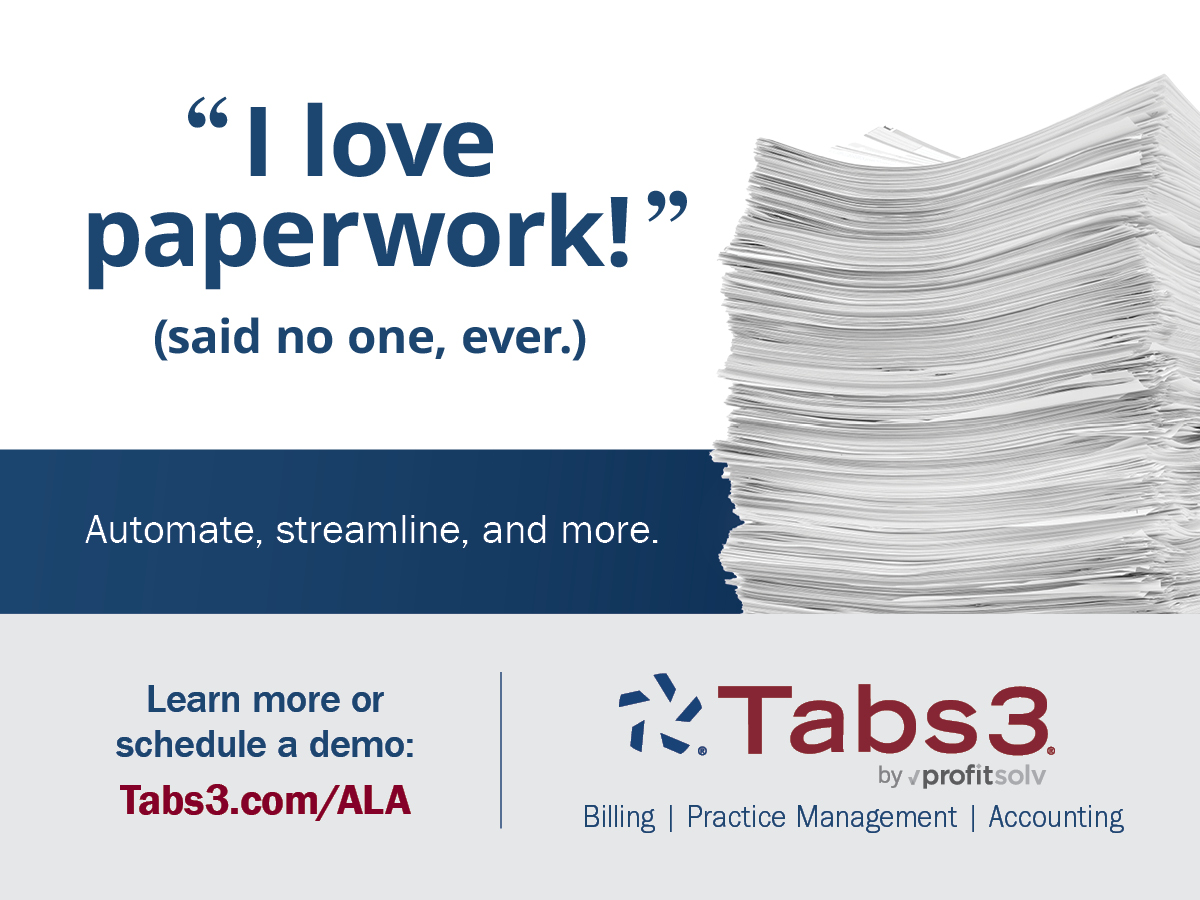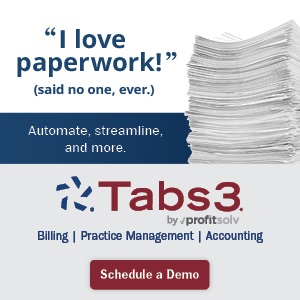ESG commitments are sometimes compelled by national and local laws such as the United Kingdom’s Modern Slavery Act or the Foreign Corrupt Practices Act. However, more companies are releasing legally enforceable ESG statements and goals, and 86% of S&P 500 companies already issue regular ESG-related reports. As such, being able to show annual progress across ESG goals is more important than ever.
With companies under increasing scrutiny for their ESG impact, accurate reporting is imperative. Where do you start? Contracts. These legal documents contain essential data points to set baselines, inform reporting and alert you to areas needing improvement. Efficient and effective contract management helps you surface the necessary information.
THE DATA CONTAINED IN CONTRACTS
When you scrutinize contracts, you’re searching for ESG-related data, including:
- Environmental certifications such as B Corp Certification, Rainforest Alliance and Leadership in Energy and Environmental Design (LEED).
- Human rights-specific clauses such as anti-trafficking, modern slavery, United Nations Global Compact and an ISO 26000 social responsibility commitment.
- Audit rights for vendors.
- Internal policies and codes of conduct like diversity, equity, inclusion and accessibility (DEIA) and ethical charters.
- Supply chain sustainability measures.
- Privacy practices, including limiting data collection and use.
This information helps you understand where your organization currently stands regarding your ESG commitments. What areas could be improved? How do existing contracts line up with goals? Do clauses need to be updated or added? From this baseline, you can help set achievable targets.
ONGOING REPORTING AND COMPLIANCE
ESG progress reporting requires consistent monitoring and evaluation. To successfully create an informative and accurate report relevant both internally and externally, you need ongoing visibility into contractual obligations and the ability to manage them at scale. This level of insight is nearly impossible to achieve with manual management.
Manual processes make companies reactionary by only allowing them to interact with contracts at the document level rather than the obligation level, where the relevant data exists. As a result, you can only respond after new regulations or issues arise. Legal professionals spend hundreds of hours manually combing through contracts for specific clauses, time they could spend strategizing how to improve ESG metrics. There’s also the possibility a relevant clause or document will be inadvertently missed. The resulting delays and errors could produce fines or additional liabilities.
“As businesses face increasing demands for ESG transparency from stakeholders and regulators, the importance of an effective contract management process cannot be overstated.”
Reporting does not need to be manual. Artificial intelligence (AI)-powered contract management platforms give you more control over the data. With search capabilities, you can easily surface all relevant information within minutes instead of hours or days, even if the clause has atypical formatting or structure. This technology provides you with historical and current data to track progress.
Generative AI brings new opportunities in ESG management. After training the algorithm on your contract database, you will be able to use it to draft new compliant clauses in your preferred language. You could also use it to customize contracts based on jurisdictions and their requirements and redline based on your client’s ESG standards.
ESG REPORTING REQUIREMENTS
Reporting for ESG is far from standardized regarding what information is included and how it is documented.
The European Union already requires ESG reporting, and the parameters are becoming more stringent. The recently approved Corporate Sustainability Reporting Directive (CSRD) expands the reporting requirements and increases the number of organizations that must divulge environmental and social impact information.
Meanwhile, the U.S. Securities and Exchange Commission is poised to increase compulsory ESG reporting this year. Its proposed rules will enhance and standardize climate-related disclosures. New York and California are among a handful of states considering similar laws.
Regulations related to labor and other societal issues are already on the books, including the California Transparency in Supply Chains Act and the Uyghur Forced Labor Prevention Act. Industry-specific legislation also exists, like California’s insurance and hospital supplier reporting programs, which requires companies in these sectors to report the amount of business they do with vendors owned by underrepresented groups.
Maintaining compliance will be challenging with so many new and evolving regulations. Manually checking thousands of documents against hundreds of specific requirements is unsustainable. Automation makes the process more efficient and reliable. Technology can flag noncompliant clauses and hidden contract risks so you can quickly remediate them.
As businesses face increasing demands for ESG transparency from stakeholders and regulators, the importance of an effective contract management process cannot be overstated. Contracts contain the information you need to provide tangible proof of ESG efforts. The data helps maintain compliance, inform current policies and drive future strategies, ultimately leading to greater ESG success.


